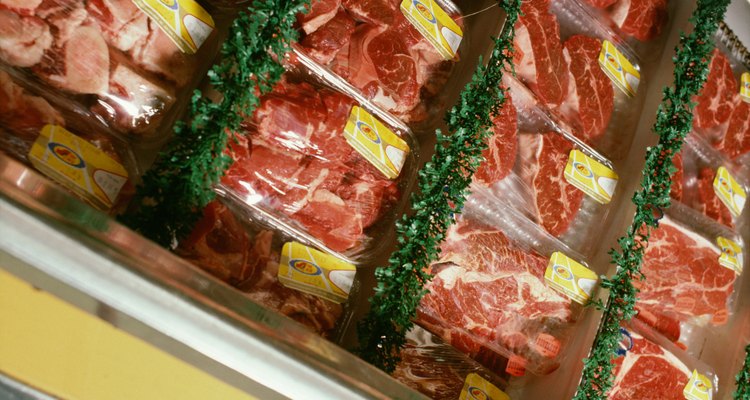
Jupiterimages/Photos.com/Getty Images
A round steak is taken from the cow's hindquarters and is tougher than other cuts, because it is composed of less fat and more muscle. What is known as cubed steak is round steak put through a tenderizing machine that breaks down the muscle and redistributes what little fat there is. Cubed steak is characterized by a soft moist pliable texture and hundreds of tiny holes across its surfaces, and is considered to be at a midway point between a whole cut of meat and ground beef. You can make Salisbury steak with cubed steak by making a few adjustments in the process and ingredients.
Place flour, salt and pepper on a large sheet of waxed paper and blend thoroughly. Use a fork to dredge or coat the steaks in the flour mixture on both sides.
Heat the vegetable oil in a large skillet over medium-high heat until hot but not smoking, and fry the dredged steaks until lightly browned, which takes 2 to 3 minutes. Turn the steaks and repeat the process on the other side. Remove steaks to a platter or a clean sheet of waxed paper and set aside, but leave the skillet on the stove over medium heat.
Slice the onions thinly and add to the skillet, distributing them evenly across the bottom. Add a little more oil if the skillet seems too dry. Cook and stir the onions, scraping up the browned flour bits from the bottom, until the onions are softened and lightly browned.
Sprinkle the onions with flour and continue cooking for another 1 to 2 minutes until the flour starts to coat the onions. Pour in the beef stock slowly, stirring constantly, until the mixture starts to thicken. Add the Worcestershire sauce, along with any other seasonings of your choice, and adjust the salt and pepper.
Return the cooked steaks to the pan and combine them with the gravy and onions. Bring the mixture to a gentle bubble and cook until steaks are heated through to at least 160 degrees Fahrenheit, using the meat thermometer to accurately gauge the temperature.
Related Articles

How to Cook Moose Meat

Recipes for Enameled Cast Iron Cookery
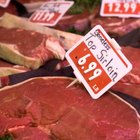
What Meals Can You Make With Cut-Up ...

How to Use Greek Yogurt in Beef ...

How to Cook Moose Steaks

Leftover Filet Mignon Ideas
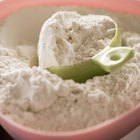
How to Thicken Beef Stroganoff

How to Cook Liver and Onions
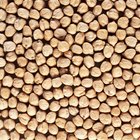
How to Roast Chickpea Flour

How to Cook Bear Steaks
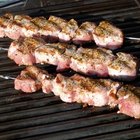
How to Cook Pork Loin

How to Cook Venison Steaks With Onions
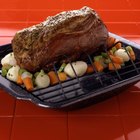
How to Cook a Whole Sirloin Tip Beef ...
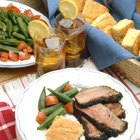
How to Cook London Broil

How to Tenderize Meat With Flour

How to Make Pan-Seared Baked Steak
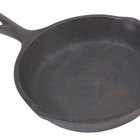
How to Cook a Wafer Steak
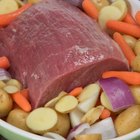
How to Make a Tender and Juicy Pot Roast
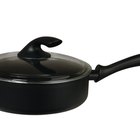
How Do You Cook Milanesa Steak?

How to Fry Liver
References
Writer Bio
Rachel Lovejoy has been writing professionally since 1990 and currently writes a weekly column entitled "From the Urban Wilderness" for the Journal Tribune in Biddeford, Maine, as well as short novellas for Amazon Kindle. Lovejoy graduated from the University of Southern Maine in 1996 with a Bachelor of Arts in English.
Photo Credits
Jupiterimages/Photos.com/Getty Images